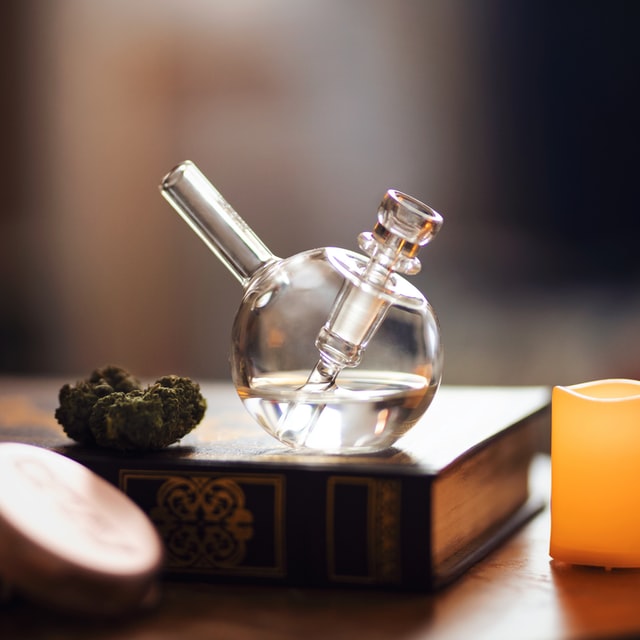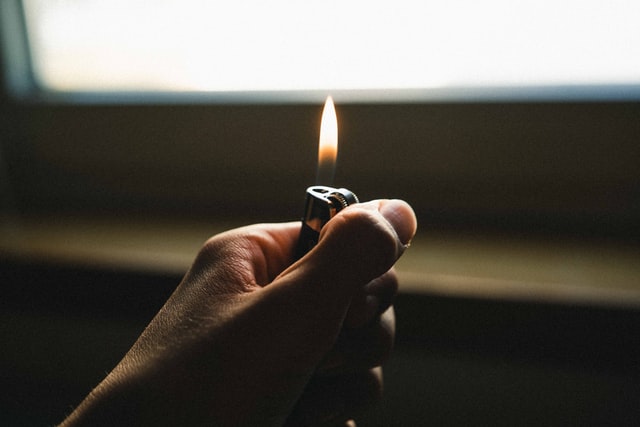How to Recognize Good Hash: Look, Taste, Smell
Figuring out if you’ve got your hands on some good quality hash can be tricky. Unlike cannabis, the aroma alone won’t be able to tell what’s high quality. Hash requires a bit more investigating. But when you know what to look for, it’s a lot easier to separate the premium from the average.
If you’re not already familiar with what hash is, know that it is much stronger than cannabis, with potency ranging from 40% to 80%, depending on the extraction technique and the quality.
Hash is made from the dried resin (aka kief) of the resin glands (aka trichomes) on the flowering tops of cannabis plants. The resin is collected by hand, mechanically, or by putting the plants in water and sifting out the trichomes, which gives you “bubble hash”. The remaining kief is typically pressed into blocks, ready to be smoked, vaped, or mixed in with cannabis in a joint.
Aroma
The first thing you should look for when trying to sort any type of hash from high to low grade is to give it a good smell. Basically, higher-quality hash will have a slight aroma to it. Alternatively, if you smell anything moldy, it means it’s low grade. And you pick up on any notes of plastic, you should pass, as this can mean the hash has been contaminated.
Appearance

The second thing to look out for is what your hash looks like, however, there isn’t a one-size-fits-all guide. Every variety of hash is totally different to the next.
Dry Sift
If you’ve got your hands on some hash, there’s a good chance it’s dry-sift. Dry-sift is made by separating the trichomes from the flowers (resulting in kief), which is then compressed to make hash, and is one of the most popular types out there.
To know if you’ve got some good-quality dry-sift, look for hash that is a light sandy colour, as well as sand-like in texture. If you’re dealing with heavy-pressed dry-sift, when you cut it open the colour should be blondish-brown. Texture-wise, it should be hard when cool and soft when warm.
Hand-rubbed hasish
Hand-rubbed hash is another popular variety of hash. This type of hash is made by rubbing the plants to extract the resin, which is then rolled and left to cure.
To know if your hand-rubbed hashish is top quality, make sure it’s black or brownish-black in colour. It’ll also be smooth and sticky to touch. When cutting it open, look for a soft brown hue or a green tinge—but not too green or this could indicate excess plant material that wasn’t separated properly.
The texture will be hard when cold and soft when warm. Just make sure it’s not too sticky, or it can mean oils were added to make it appear heavier. And look out for fluffy white mold (eek), it means the hash hasn’t been cured properly.

Ice-o-lator
Another hash variety you may come across, although less common, is called ice-o-lator.
Ice-o-lator will come either pressed or unpressed. If it’s unpressed, look for a crystal-like powdery appearance and consistency in its hue. Pressed ice-o-lator should be a light grey-brown or dark brown and soft and a bit sticky.
Full-melt
You might have also heard the term “full-melt” going around in regards to hash. It’s basically a term that’s used to describe the quality of hash, typically when referring to bubble hash. The “melting” scale goes from cooking-grade bubble hash (which is unsmokable because of its impurities), to half-melt (smokable but harsher to smoke than full-melt), and full-melt (the highest grade you can get).
Full-melt varieties of hash should maintain their shape and stickiness when at room temperature. You’ll know it’s a lower grade melt if it’s hard—a result of excess plant material again.
Bubble test

Now that you know what good quality hash should look and smell like, there’s another trick that should help you separate the good from the bad.
One of the best ways to check up on the quality of your hash is to do a “bubble test”. A bubble test is basically lighting your hash with a flame. You’ll know your hash is good quality if the resin boils. If your hashish doesn’t bubble, it might indicate low quality, contaminants, and remaining plant material, none of which you want.
Also note that if your hash bubbles a little bit too much that it could mean someone has added extra oils to your hash, which is never a good thing. Look out for a greasy appearance and a plastic smell to be sure there are added oils.
After your bubble test, if your hash is black afterward, it could mean there are contaminants at play. Pro tip: don’t use a match as the soot can create the illusion of burnt hash.
Now that you know what to look for, smell for, and how to do a bubble test, you’ll hopefully have a much easier time assessing the quality of your hash.
Do you have any other tips about recognizing good quality hash? Let us know in the comments below. Click here to shop some hash!
